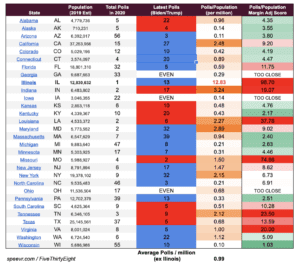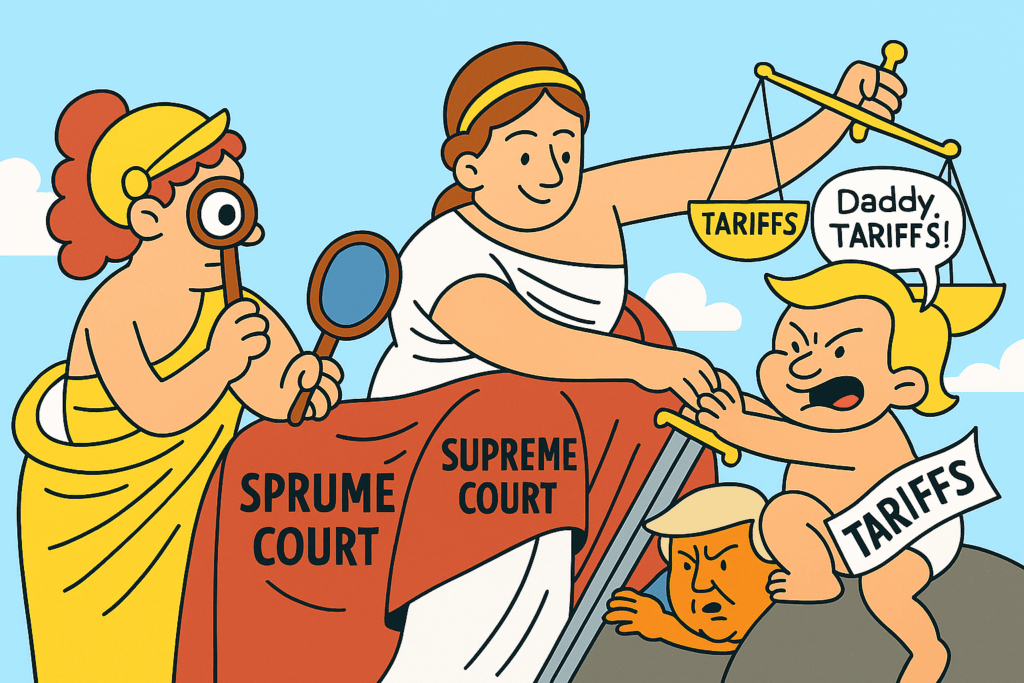“2016 was a failure of the imagination, not a failure in data”
– Matthew Shelter, Fox News Pollster
Official Polls Converging with High Frequency Data
As we draw closer to November 3rd, the past week has seen some top outlets (NY Times/Fox News) released a series of polls suggesting the Trump campaign has fallen further behind in the key battleground states. With the current momentum in the polls we believe a Biden landslide (10% or more) victory is an increasing likely outcome.
To reflect the shifting election probabilities, most Wall Street economists have revised (up) their US economic projections – with expectations of an addition $1 trillion stimulus spending under a Democrat senate majority. Meanwhile, Facebook marked a first in removing a coronavirus related post by the President citing ‘a newly introduced policy that may take some time to enforce more broadly across its platforms'.
Data Blind Spots for 2020

- The key/battleground states which have been too close to call have ~ 10 times more polls conducted than others. Through intense polling in a handful of keys states, we are unlikely to witness any major polling upsets in those states.
- Some traditionally red/blue states have received very limited state-level polling – presenting greater risk of an unexpected outcome. For example, CA,FL, IN, IL, LA, MO, TN, and VA States, as compared to Wisconsin (WI) with a population of 5.6 million and 55 reported polls year-to-date.
- Not captured in the table above – the top ranked pollsters focusing almost exclusively on the key battleground states. Consequently, many less significant states have less up-to-date polling date, and of lower quality. Illinois has been polled just one-time in mid-summer 2020 where Biden was leading by +13%.





Identifying the Opportunities of The AI Buildout (Part 1)